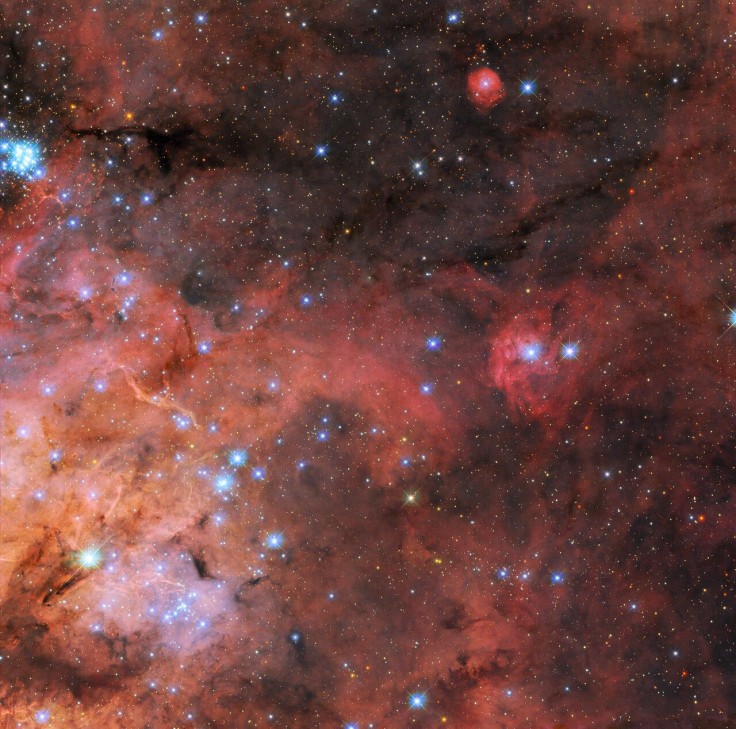Hubble gives the world another high-quality picture of where stars are born.
The European Space Agency (ESA) recently published a photo of the Tarantula Nebula as it gives it to hundreds of young stars, allowing experts to test out theories of star formation and evolution.
Despite Webb's commission, Space agencies are still using Hubble due to it still making huge discoveries even if it has outlived its expected lifespan, per Nature.com.

Hubble's Picture Of The Tarantula Nebula
The Tarantula Nebula, more formally known as 30 Doradus, is the largest and brightest star-forming region in the galaxies nearest to our home galaxy, the Milky Way, per Space.com. Experts at the ESA also found the nebula to house the hottest and most massive stars known, making it the "perfect natural laboratory... to test out theories of star formation and evolution," per its statement.
Although Hubble took many pictures of the nebula in the recent past, this picture stands out as it captures bright layers of ionized hydrogen gas, along with its wispy clouds and dark, obscuring dust. The ionized hydrogen gas Hubble captured is a key building block for the formation of new stars, allowing it to become the birthplace of so many of them.
It is due to this fact that a cluster of small, bright blue stars can be seen in the bottom-left corner of the picture, while many smaller stars are viewable across space's backdrop.
Interestingly, Hubble's latest picture of the Tarantula Nebula wouldn't have been possible without two different observations, which would have made the picture difficult or even impossible to take otherwise.
The first observation, Scylla, aimed to study the properties of dust grains that make up the clouds that exist between the stars. The other observation, Ulysses, is set to determine how interstellar dust interacts with starlight in various environments.
Hubble's picture also includes data from an observing program studying star formation in conditions similar to the early universe, along with cataloging the stars of the Tarantula Nebula for future science projects that include Hubble's successor, the James Webb Space Telescope.
You may remember that Webb also took pictures of the Tarantula Nebula in September 2022 as part of the first few images it took. Its observation revealed that its cavity became hollow as an effect of "blistering radiation from a cluster of massive young stars," the ESA previously reported.
Why Is Hubble Still In Operation?
Despite being 33 years of age, Hubble can still churn out high-quality pictures of the universe, aiding experts in many scientific studies and observations of the universe.
Beth Biller, an astronomer at the University of Edinburgh and chair of the committee representing scientists that use Hubble, said there is still work to be done with Hubble, and its unique capabilities keep it from being decommissioned.
Unlike Webb, which has instruments that make it ideal for observing distant galaxies using infrared wavelengths, Hubble studies the universe mostly in other wavelengths, allowing it to take images of stars, galaxies, and cosmic phenomena closer to Earth - something that Webb can't do as well.
Experts believe that Hubble will re-enter Earth's atmosphere to be retired from active service come the mid to late 2030s at the earliest, giving them ample time to capitalize on the space observatory's capabilities before that happens, per NASA.
However, it is up to experts if Hubble should be boosted up to its original orbit to extend its commission or if it should do a controlled reentry into the South Pacific.
Relatecd Article : Hubble Takes Aim at 'Glowing Red' Soul Nebula for Holiday 2022









